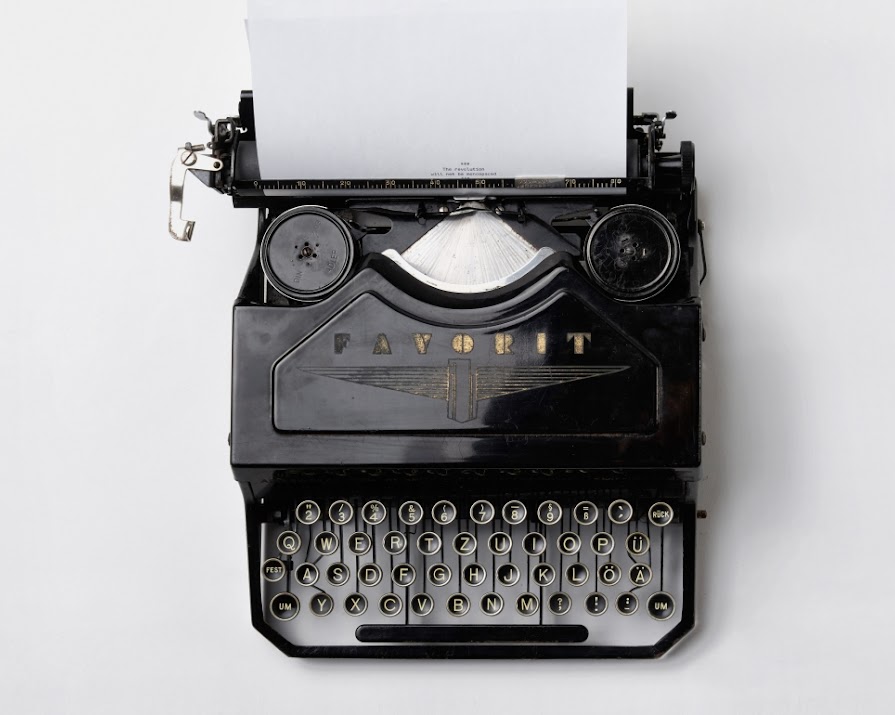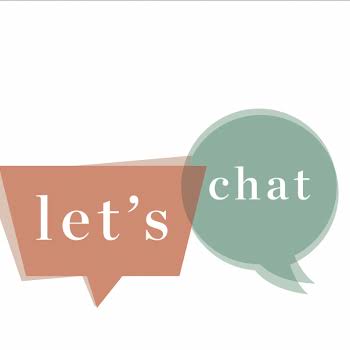By Sophie White
11th May 2018
11th May 2018
Like an oppressed people, twitter-users threw off the shackles of their regime of forced brevity and thus a new medium was born, Sophie White explores the rise of the Twitter thread.
Twitter has, in the past, been dismissed. In 2009, Pear Analytics, an American market-research firm analysed 2,000 random tweets made in English in America between 11am and 5pm every day for two weeks to attempt to quantify the content that chirped from a platform that seemed neither social network nor traditional blog but something more nebulous and potentially even more intriguing. The research concluded that 40% of the tweets were “pointless babble”, 38% “conversational”, the remaining 23% divided among the categories “pass-along value”, “self-promotion”, “spam” and “news”.
Twitter’s importance can no longer be understated. @realdonaldtrump’s election as the 45th president of the USA was one he arguably owed to the platform where he has, as of publish, 51 million followers. On the day of the election itself, Twitter proved to be the largest source of breaking news, with over 40 million tweets posted. This profound impact is ironic given the site’s name was chosen according to founder, Jack Dorsey for its somewhat unpromising definition:
“It was just perfect. The definition was ‘a short burst of inconsequential information,’ and ‘chirps from birds’. And that’s exactly what the product was,” Dorsey told the Los Angeles Times in 2009.
The micro-blogging service launched in 2006 has, as of the end of 2017, 330 million active monthly users.
Twitter is a collaborative platform with users themselves dictating the content that spreads. Enormously retweeted tweets can over run personal timelines within hours and this viral content will then start trending in a particular location or even worldwide.
“With Twitter, it wasn’t clear what it was. They called it a social network, they called it microblogging, but it was hard to define, because it didn’t replace anything… The insight we eventually came to was Twitter was really more of an information network than it is a social network,” former CEO EV Williams explained in interview with INC in 2013 ahead of Twitter’s initial public offering.
The 140 character posts (now 280) at first seemed prohibitively short but users have not been put off and the platform’s perceived constraints eventually conceived some of its greatest uses. Authors have experimented with Twitterature, writer Nick Belardes tweeted his novel Small Places (@smallplaces) between the 25th April 2008 and the 8th of March 2010. In 2009, Rick Moody tweeted a short story over 153 tweets saying the platform’s constraints offered “some strange, poetical limitation that would be fun to work with.”
Threads – tweets linked to form a sort of serialised essay – have become a daily source of information, activism and entertainment on Twitter. The bite-sized content delivered in a bingeable format calls to mind a kind of micro version of Netflix which could account for the popularity of these threads. The language is also important, tapping into idiosyncratic Internet tone and slang.
In December 2016, Eric Garland, previously a civilian user with 5,000 followers unleashed a 127 tweet polemic on the elements (including russian influence) he believed contributed to Trump’s victory. He gained about 30,000 new followers over night and a new career as a professional Twitter soap-boxer. Despite his lately-acquired status as a Twitter-celebrity, Garland is fast becoming a parody of himself, his wired ramblings have a tendency to sound as histrionic as any on the far right. Even just hours after his very first Tweetstorm, he became a meme, with his opener: “Guys. It’s time for some game theory” spawning a veritable twitter trove of jokes. Garland seems satisfied with both the love and the hate. “In a way, you’re kind of setting your hair on fire and running around,” he told Business Insider. “And I’ll be the first to tell you: I know it’s not a way to preserve traditional credibility.”
He goes on to highlight the collaborative element of Twitter. “This is becoming this group project. You get new voices out of that. It makes it an exciting time to be a user.”
Taryn De Vere is an Irish writer and Twitter user who is vocal on the platform and is beloved as much for her activism, as her partiality to the occasional novelty sock thread.
Approx 3 mil people are registered to vote. At the last election only 60.5% voted. Approx 250,000 have been directly harmed by the 8th amendment. That’s 1/12 of the ENTIRE voter base who will be YES voters & ALL of those ppl have friends/family. Compassion will win this.
— Taryn De Vere (@TarynDeVere) May 8, 2018
“Some subjects just need a thread to do them justice,” says De Vere.
“If I do a thread it’s either because I feel like my twitter experience needs to be brightened up and so I embark on a massive thread of my colourful fashion pics – or it’s because I feel really passionate about something and one tweet won’t cover it. Being authentic and passionate speaks to people so that’s why good threads work so well – it helps too if you have something new to say on an issue or if you’re sharing a personal story. None of my tweets are pre-meditated, I’m an impulsive tweeter!”
My friend dubbed me “the joy bringer” which is actually rather apt (if you’re open to my brand of joy that is), so here’s a thread of the joy I bring starting with silly headwear pic.twitter.com/9FUavylNsX
— Taryn De Vere (@TarynDeVere) February 12, 2018
Threading is becoming ever more inventive, utilising gifs and pictures. Irish writer and podcaster, Seamus O’Reilly is a thread connoisseur. He is the author of THAT massively shared thread detailing a mishap at work involving beverage management, the Irish President and a well-known animal tranquilliser. He uses the medium to brilliant effect here talking about his father’s foibles.
Alright, don’t get alarmed but my dad has just said he’s never heard of rock, paper, scissors. Never. Heard. Of. It.
— Seamas It Ever Was (@shockproofbeats) December 2, 2016
O’Reilly was approached to write-up his instantly infamous Ketamine thread (see below) as an article and though he tried, he knew something of the original essence would be lost.
“I instinctively knew it wouldn’t translate, I did try, and quickly discovered how flat it can seem in prose… You can of course adapt any story if you change it sufficiently, but the breaks, the emphasis, the rhythm and tone of Twitter definitely have their own form, and that form is incredibly effective when it hits, and feels immediate in a way that only spoken words usually can. So in that sense, it has a lot in common with stand-up or or folk tale stuff, but with a few novel accoutrements. Splintering off from the main point to suddenly post an image, for example, is a jokeform that doesn’t make sense in any other medium. Or the distance you can imply between two tweets is something you can play with, it can be a thousand years or half a breath. In that sense it is its own thing.”
O’Reilly tells me that in less than a week since posting, the Ketamine thread has had 27 million interactions. For some of his threads he assembles relevant links or imagery before he starts, but he explains “the storytelling type… are literally told from memory, off the top of my head, with no pre-preparation whatsoever. Usually because they just occur to me, before I even know if it’ll be long or short or even complete.”
In a way, this unmediated communication could be the key to why threads resonate with audiences. On Instagram we are being sold an illusion, heavily edited and curated where as with a Twitter thread we are as good as standing with O’Reilly as he tells an anecdote at a party. And he does do a good anecdote.
Got my days wrong and ended up alone in a room with my boss and the President of Ireland while I was on ketamine. https://twitter.com/b3ta/status/992000687935557632
— Seamas It Ever Was (@shockproofbeats) May 3, 2018
Photo by Florian Klauer on Unsplash























